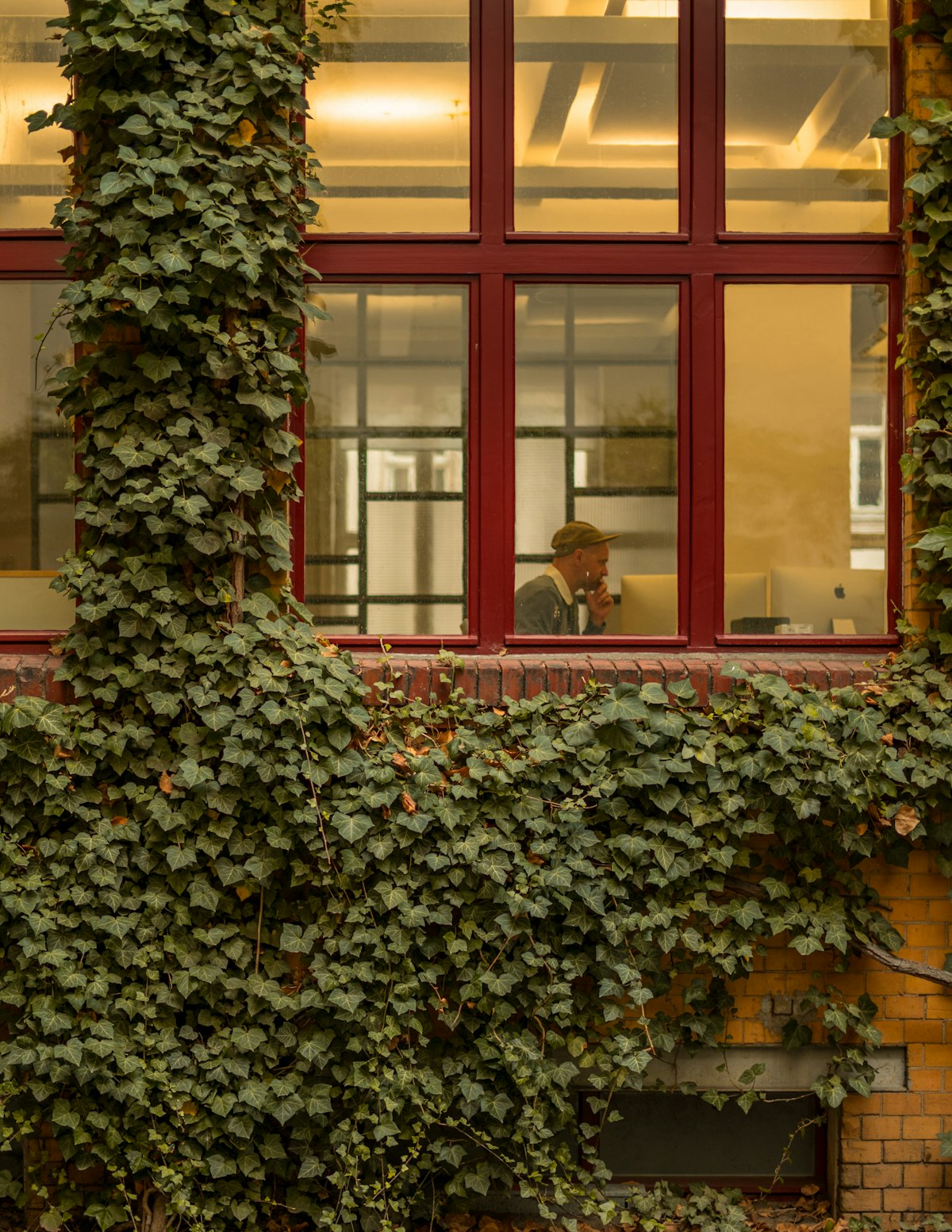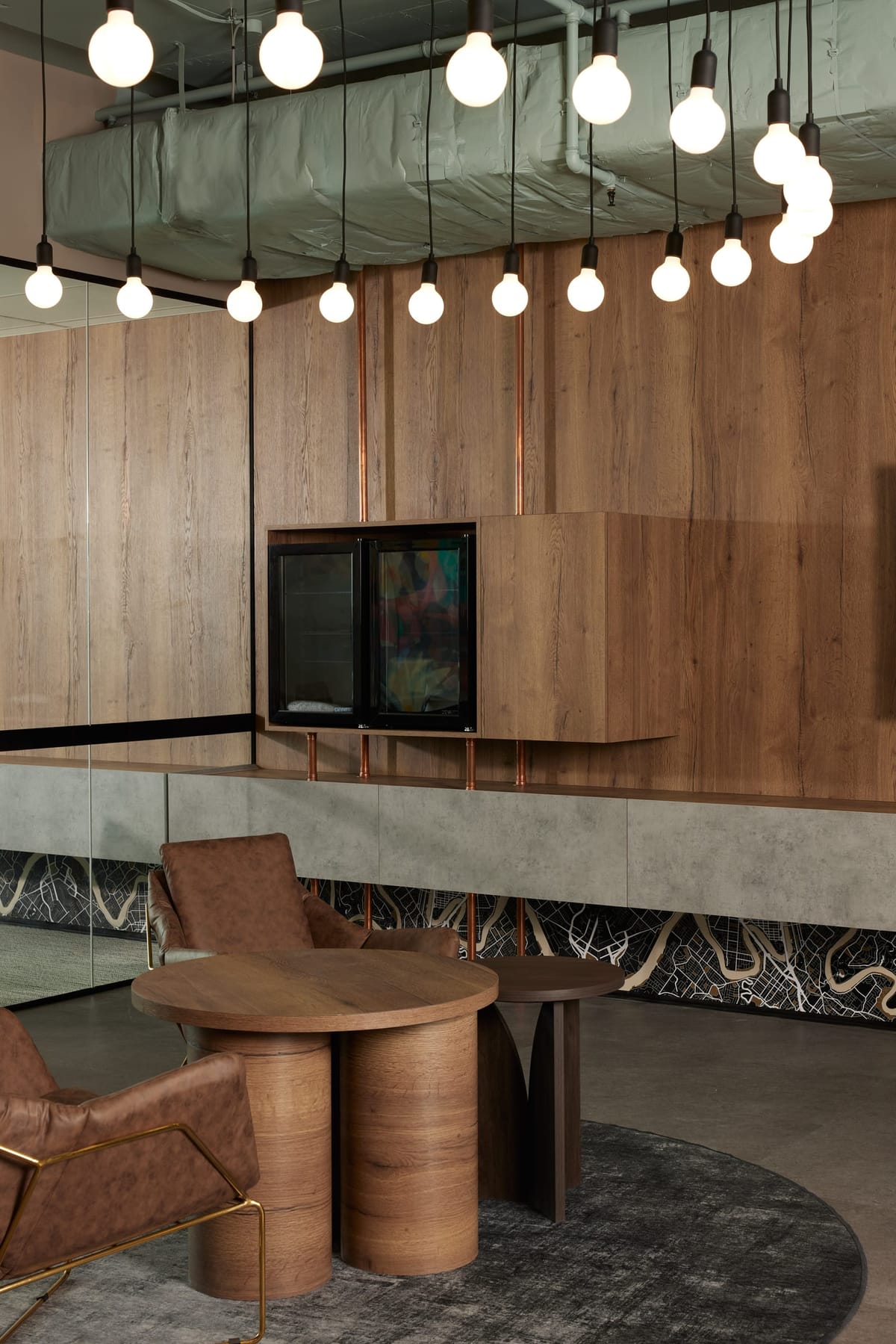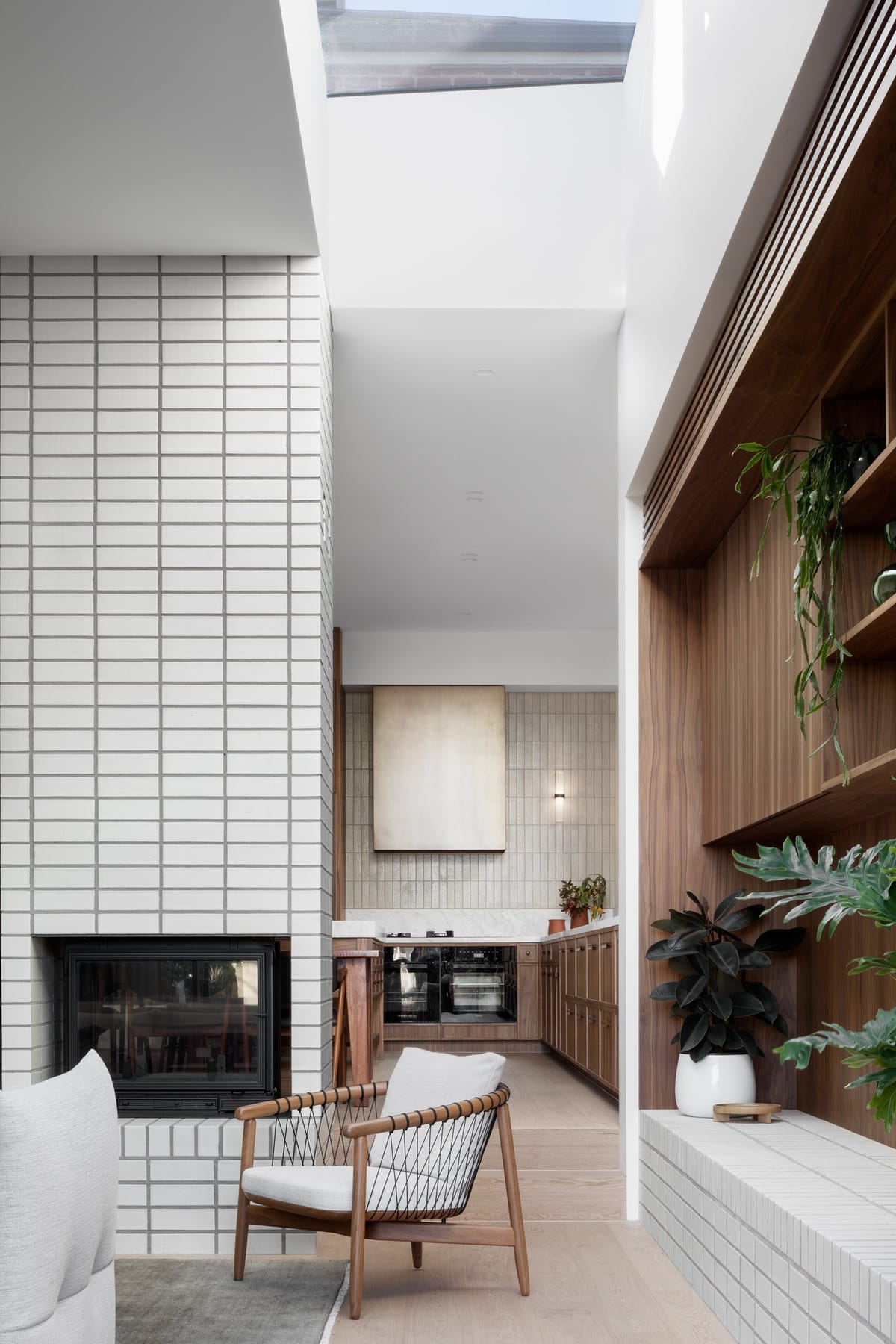The problem
Now the end of the year is on the horizon, many architecture firms hope to put the final touches on their last project before heading away from the holiday season. Yet rather than slowing down as the Christmas break approaches, most feel the pressure ramping up as an artificial December deadline compromises decision-making.
Caught between the need to keep work coming in to meet January’s payroll and the desire to maintain a positive client relationship, architecture practices struggle to balance these concerns with the needs of their workforce. Pushed and pulled by competing forces, this scenario is well-known to studio owners, principals and project leaders.
The factors at play
Numerous competing factors drive the false deadline that strikes right around the holiday season. The need to manage cash flow over the break is a major one, as January tends to present minimal billing opportunities. This incentivises decision-makers to chase as much pre-Christmas invoicing as possible, cramming more work into fewer days.
Besides financial concerns, internal stakeholders and clients aspire to wrap up in-progress work by the end of the year. No one wants complex issues seeping into the break when downtime is on the agenda. However, achieving this kind of smooth, can be challenging due to the detailed and complex nature of work in the architecture and design space.
“I like the idea of a fresh start in January,” says Tristrim Cummings, Practice Director at Decibel Architecture and RAIA National Practice Committee Member. “But the pressure continues because of the need to hit January billing targets. These are always a challenge as you effectively have only half the working days to achieve an almost full month of billing.”

Studios often take on additional work knowing clients won't review the work until they return to the office post-break. In many cases, the contractors aren’t even available to commence work, as builders frequently lockout tenders from November onwards. To little surprise, subcontractors aren’t too keen on booking jobs when construction calendars lock out days and there’s a summer getaway just around the corner.
Inbetween architecture studio has proactively been preparing for the December period and has seen an increase in new project enquiries.
"We’re noticing this year the December crunch has been exacerbated by a burst in new enquiries over the last month or so. Perhaps projects that have been on people’s 2023 to do list, and their realising the fast-approaching end of year wanting to ‘at least make a start’ before the break." says Steph Richardson, Associate Director at Inbetween Architecture.
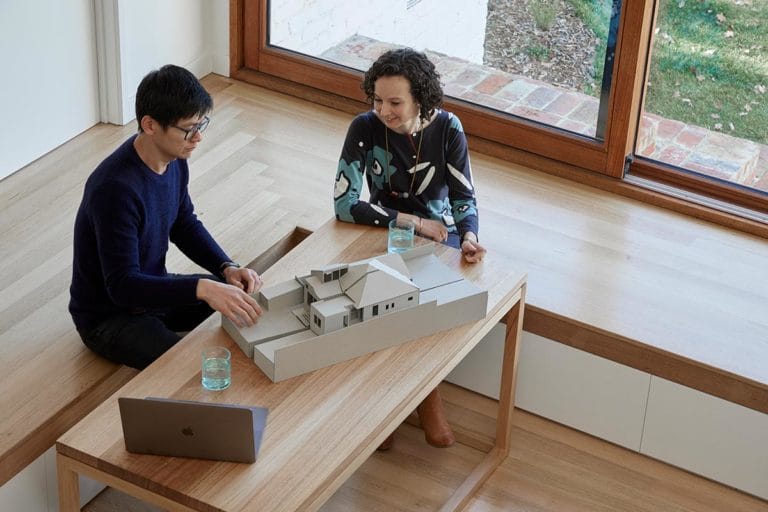
"So for us in small practice, and mindful of keeping the pipeline healthy for 2024, we are being pulled away from our desks to line up prospective projects, leaving fewer hours to deliver for those already underway. Better than having no prospects, but further adding to the pre-Christmas pressure already mounting as a result of the other factors mentioned."
At the other end of the spectrum, many architecture practices struggle to attract enough work late in the year. For organisations operating on thin margins, the fear of retrenchments looms large. Bad news for employees and company morale, this commonplace scenario sees businesses let go of valued team members they would otherwise keep.
The impact on employee wellbeing and satisfaction
As the pressure and expectations mount from above, stressed architects and designers are the ones who often need to do more with less time. In an industry where long hours and tense timeframes are virtually the norm, the December deadline stretches staff even further. According to Cummings, “...the pressure is on the project team to deliver more quickly when they are often already pressed for time.”
This perspective is backed up by the Wellbeing of Architects: Culture, Identity + Practice, the first large-scale investigation of workplace wellbeing in Australian architecture. Led by researchers at RMIT University and Monash University, the 2021 survey revealed that 55% of respondents felt unreasonable timelines and deadlines negatively impacted their wellbeing
A recent follow-up based on a series of focus groups highlighted how resourcing challenges and business decisions affect employees. “I feel like there’s been a systemic problem with the lack of business acumen for generations of architects,” said one worker. Poor procurement practices were also strongly associated with adverse mental health in architects and designers.
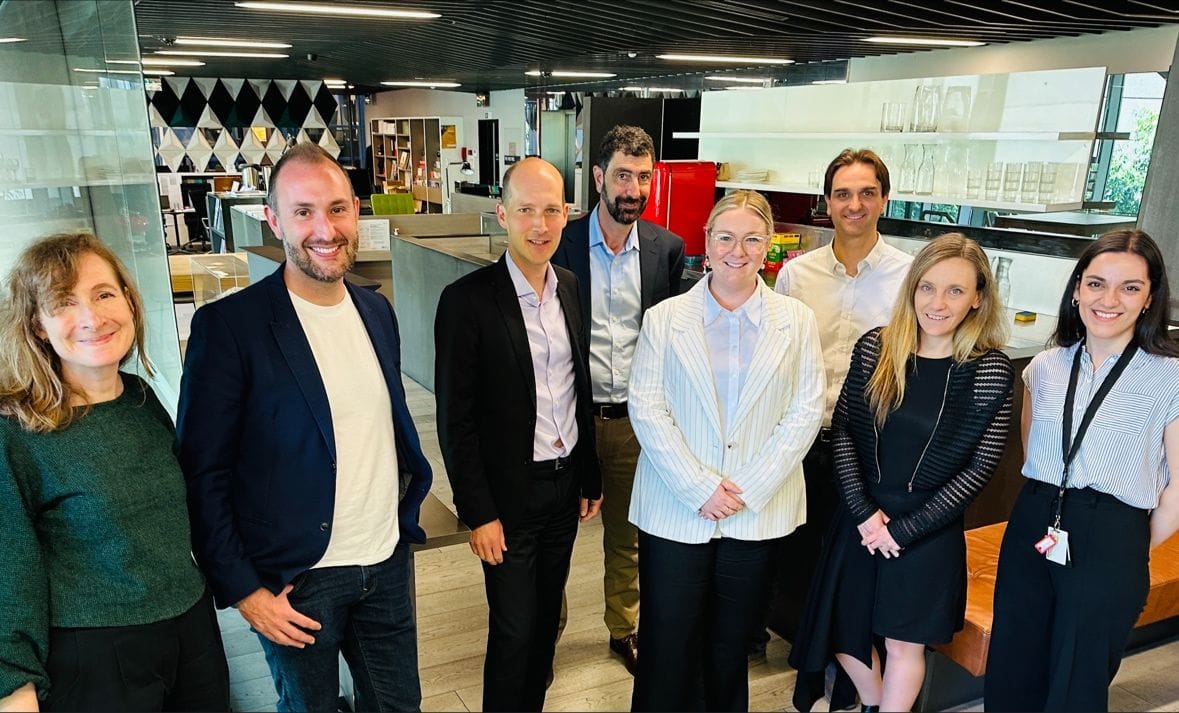
“While all practices want to reduce costs and minimise resource float, pre-Christmas is often busy because practices feel obliged say yes to clients,” says Cummings.
Seconding as a solution
The end of the year undoubtedly creates significant problems for practices, as financial worries and resourcing issues stack up. Allocating clear, appropriate resources to deliverables and programmes earlier can negate some friction. However, the overarching trend for practices to yield to client demands, even in the final weeks of the year, remains a serious concern.
While the problems created by the artificial end-of-year deadline are multifaceted, secondment or outsourcing offers a potential solution for firms and has been something CO-architecture has been interested in since it's conception. Successful secondment and collaboration often relies on strong relationships and networks between firms. Firms working to a tight deadline can find on-demand talent, while studios winding down can temporarily make their team members available for outside projects simply by connecting with their network. What's smart about CO-architecture is that it formalises this idea and scales it nationally. The platform improves the hiring process, and it provides smart, efficient and accessible networks to help support the wider architecture and design community.
By positioning an architecture or design business as a networked practice, this elastic approach to resourcing overcomes many year-end troubles. Seconding also sees studios form fruitful partnerships with like-minded operations, streamlining access to talent and helping businesses navigate in-house skill constraints to target previously out-of-reach commissions.
This resource management strategy isn’t unprecedented in the AEC industry; it’s already common for firms with friendly owners to share staff. Yet a formalised, digital approach to seconding ensures discrete studios operating at varied scales have the tools required to respond to the needs of their workforce while meeting evolving business demands.
CO-architecture investor and director of multinational design studio Hassell, Peter Lee OAM, believes the platform offers a unique solution for a volatile industry.
“As the world of architecture is so closely tied to construction, projects fluctuate drastically depending on the state of the market and economy, making traditional means of finding work challenging"
Far from only useful in December, seconding is an effective method for guiding an AEC business through the natural year-round ebbs and flows of the industry. Perfect for managing costs, retaining talented staff and developing mutually beneficial relationships, explore how seconding makes sense for your business before the end-of-year crunch intensifies.
Studios, clients, and consultants are actively using this network strategy and working with local designers on CO-architecture. Start connecting with and reaching out to future partners here.


